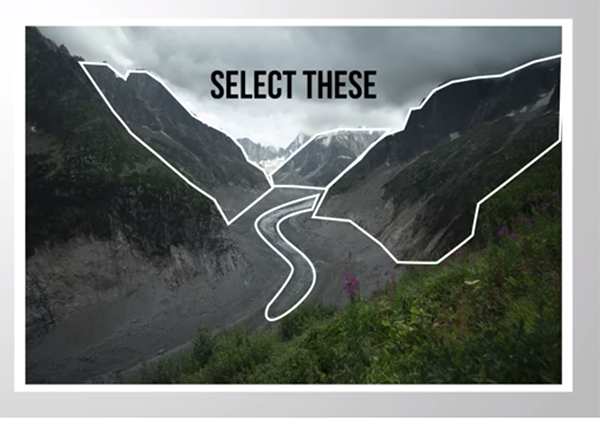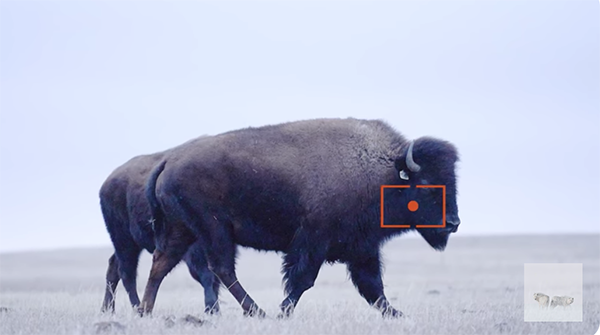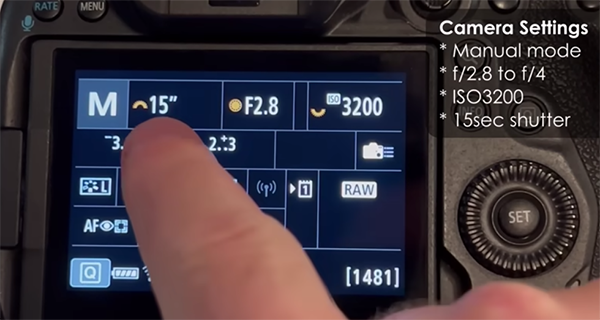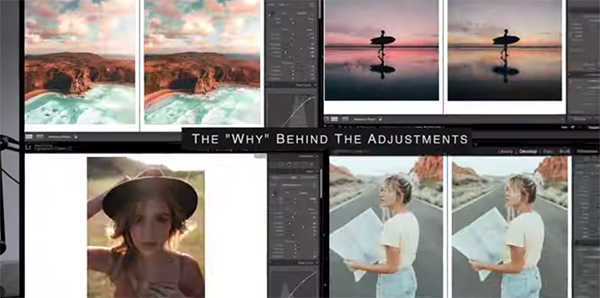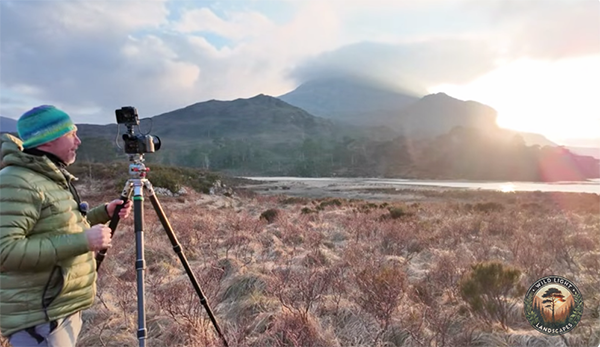Regular Shutterbug readers are well-acquainted with extraordinary German Landscape pro Christian Mohrle, not just because of his inspirational images but also for the post-processing tutorials shared on the popular PHLOG photography You Tube channel that’s loaded with helpful how-to tips.
This must-see episode describes what Mohrle says is the “insane” potential of Lightroom’s Object Selection masks. Today’s demonstration image is a well-composed shot of a gorgeous mountain scene. However, the dull-gray photo is totally devoid of impact and this is where Mohrle’s “impossible” masks transform it into a keeper with minimal effort.
Mohrle insists that in the next 14 minutes “you’ll learn how create complex masks using Lightroom’s Object Selection tool.” As always, he holds off on selective enhancements until after making several global adjustments to create the best possible base image from which to proceed.

These preliminary steps begin by changing the profile from Adobe Color to Adobe Standard which immediately lessons contrast and provides greater control later in the process. He also drops overall exposure (paying close attention the histogram), slightly boosts shadows and blacks, drops highlights and slightly increases whites—all for reasons that he explains.
Mohrle finishws the initial work by modifying White Balance for a cooler look, removing a green cast, and creating a sharper effect by introducing Texture. Interestingly, he drops Clarity and Dehaze to lay a soft glow over the entire image.
Now it’s finally time for Mohrle to unleash Lightroom’s Object Selection tool for his game-changing masking technique that likely to become a strong component of your everyday workflow. He walk’s you every step of the way will clear examples that make everything super simple to understand.

The remarkable transformation concludes with thoughtful color grading and very judicious sharpening. Just glance at Mohrle’s before/after images and you’ll be impressed.
Mohrle’s popular YouTube channel is a great source of shooting and editing tips for all outdoor photographers, so don’t forget to pay a visit when you have time to explore.
And on a related note, we also recommend watching a tutorial we featured with another accomplished shooter who demonstrates how to capture detailed and perfectly exposed outdoor photographs when the key subject in your scene is darker than normal. Here’ a hint: Don’t let the camera decide.
